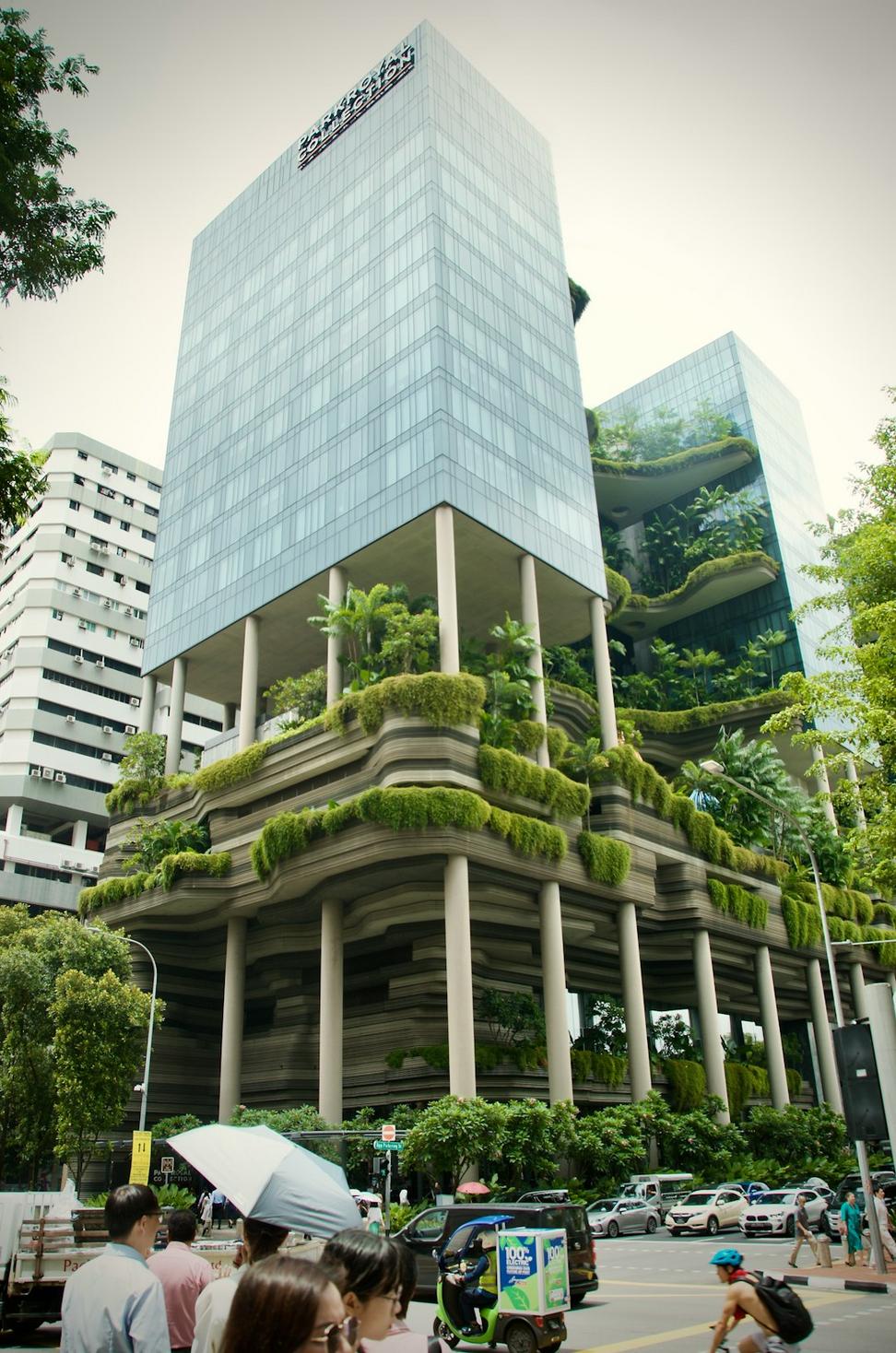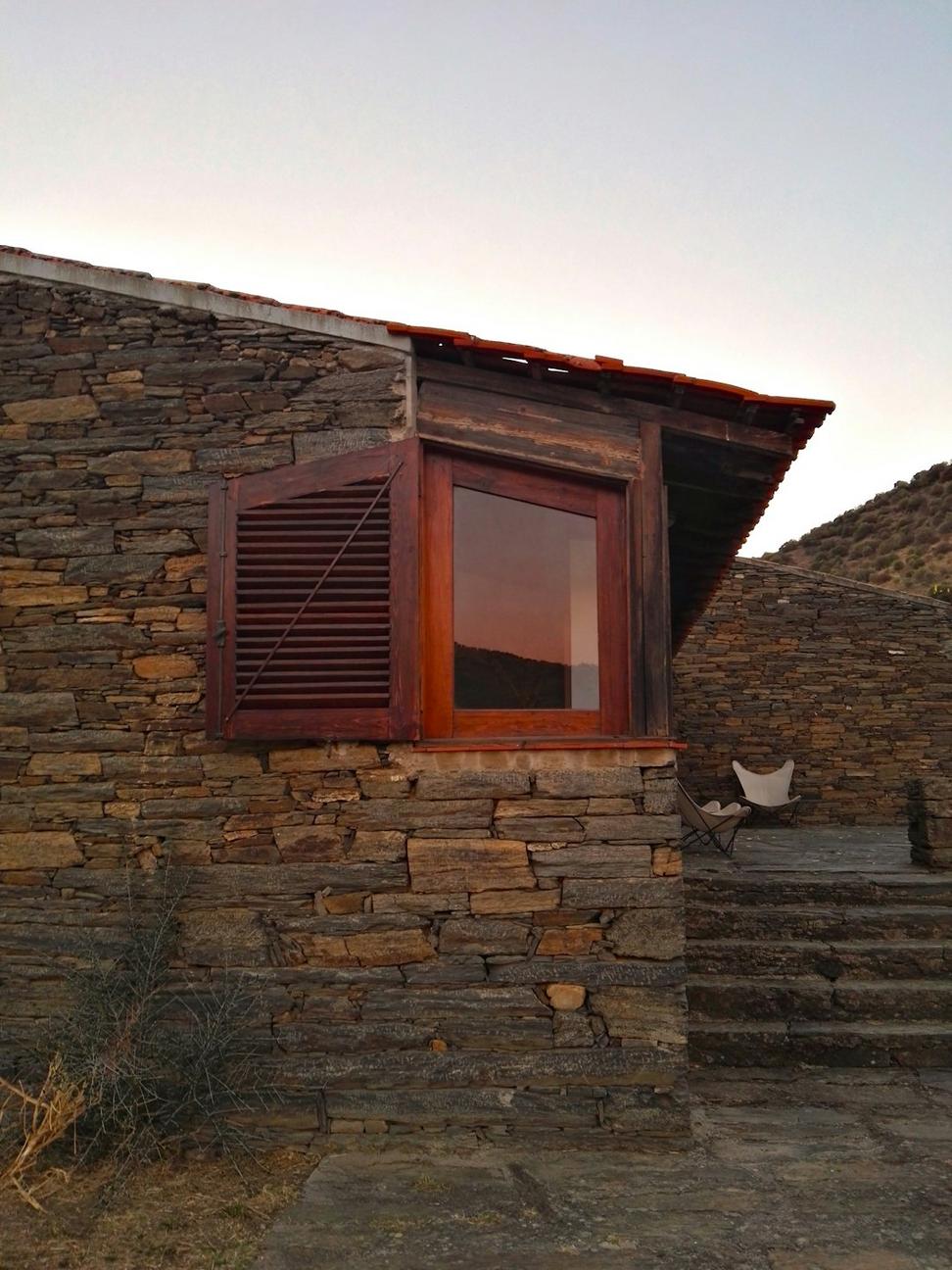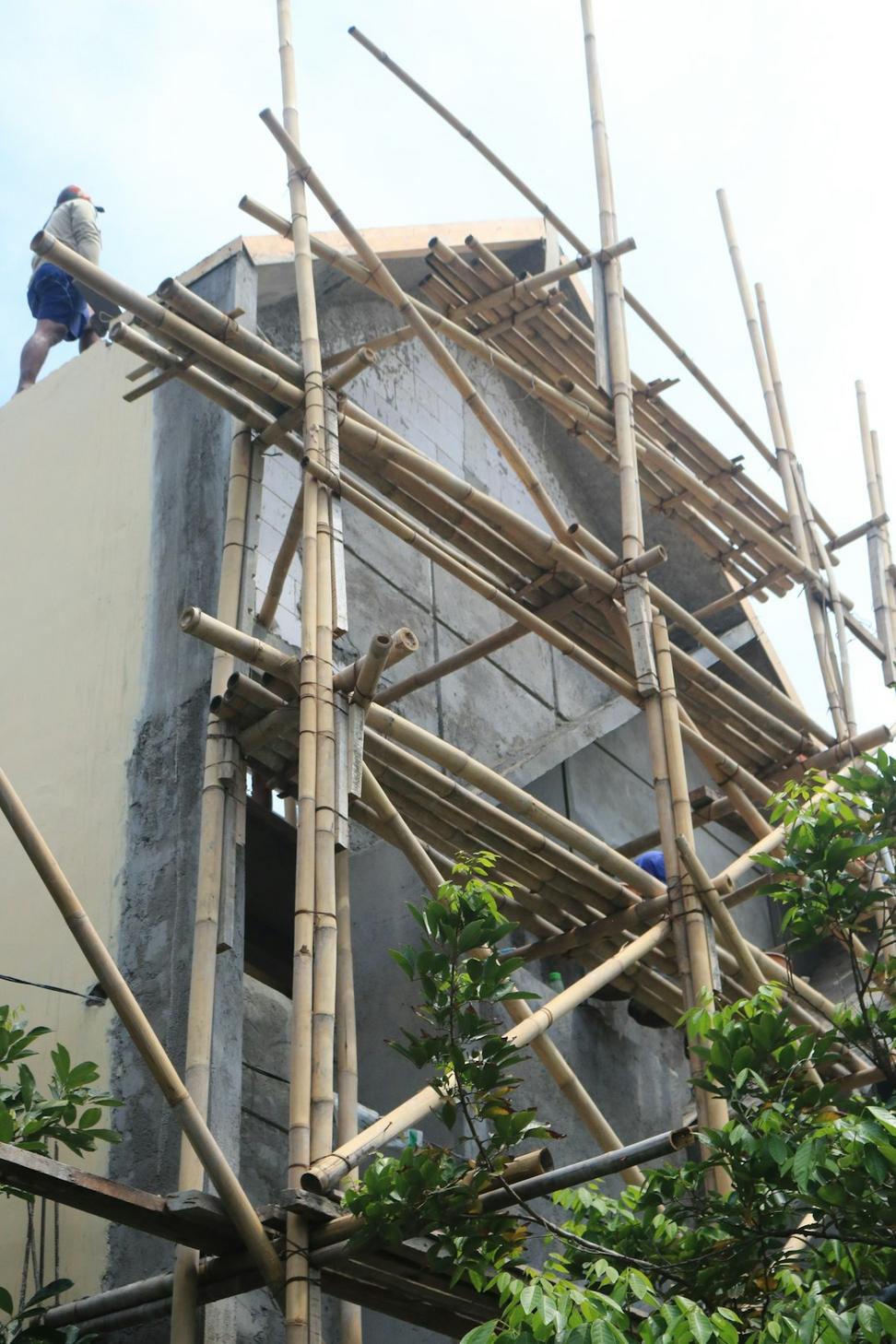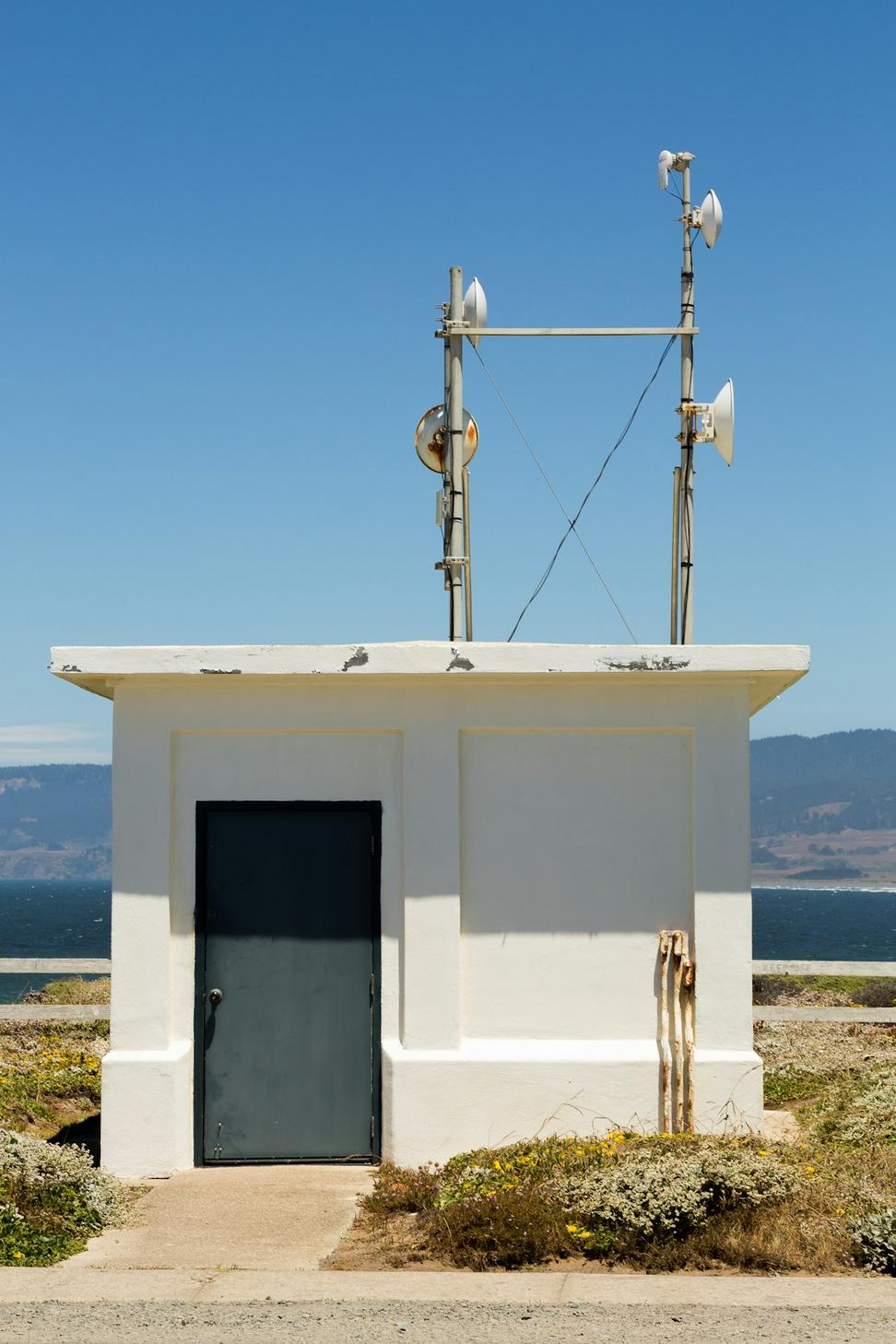
Why We're Obsessed With This Stuff
Here's the thing – after fifteen years in this business, I've seen too many "green" projects that were basically just regular buildings with solar panels slapped on top. That's not what we do here.
Real sustainable design starts at the concept phase. It's about understanding how sunlight moves through your space, how air naturally flows, where water goes. We're talking passive strategies that worked for centuries before we had fancy HVAC systems.
And yeah, we use technology too – but only when it actually makes sense. No greenwashing, no gimmicks. Just buildings that work smarter and cost less to run.
87%
Avg. Energy Reduction
32
LEED Projects
6
Net-Zero Buildings



